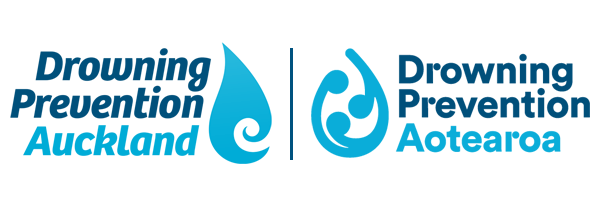Wai Ora Tāmaki Makaurau
Auckland's Water Safety and Drowning Prevention StrategyHoki atu ki tōu maunga kia purea ai e koe ki ngā hau o Tawhirimātea.
Return to your mountain to be cleansed by the winds of Tawhirimātea.
The maunga (mountain) illustration depicts the journey of Wai Ora Tāmaki Makaurau, Auckland’s Water Safety and Drowning Prevention Strategy. Each element represents a different aspect of the journey and these are explained below. Select a dropdown toggle under an icon find out more about each element.

Te Moana
Mission | Whakatakanga
Te moana represents Wai Ora Tāmaki Makaurau’s mission:
Tāmaki Makaurau, Auckland works collectively to instil respect for the water and encourage safe tikanga and behaviours by all people to prevent water related injuries and preventable drowning.
Ka kotahi mai a Tāmaki Makaurau i āna mahi ki te whakatō i te ngākau whakaute ki te wai, me te whakaaweawe i te pūmautanga o ngā tikanga me ngā whanonga e te katoa hei ārai atu i ngā tūroro ā-wai, toremitanga hoki.

Te Pūtahi
Vision | Moemoeā
Te Pūtahi represents Wai Ora Tāmaki Makaurau’s vision:
Kia whai waahi katoa ngā tāngata o Tāmaki Makaurau ki te noho haumaru ki te wai.
Everyone in Tāmaki Makaurau, Auckland has the opportunity to safely connect to and enjoy the water.

Ngā Awa
Values | Uara
- Aroha. The awa representing the value of kindness; humility; and empathy
- Whakapono. The awa representing honesty
- Ngā Ture. The awa representing integrity; humility
- Kotahitanga. The awa representing courage; selflessness

Te Pūhoro
Workstreams

Te Mangopare
Collaboration

Manaia
Impact

Unaunahi
Respect for Tangaroa

Pākati
Protection

Raperape
Movement
Principles | Ngā Mātāpono
Kua waihangatia ngā mātāpono o te rautaki e te hunga tūhono mahi ki te rautaki (ngā rōpū ā-hapori, ngā wāhi mahi, aha atu, aha atu).
Ki tā te tirohanga Māori, i ahu mai ngā mātāpono Māori katoa mai i ngā kōrero tuku iho e pā ana ki ngā Atua Māori. Ko ngā mātāpono ka ārahi i ngā whanonga katoa o te tangata.
According to a Māori worldview, all Māori principles can be attributed to the traditional narratives to do with the Māori Gods. These principles are what guide all human behaviours.
Guardianship | Kaitiakitanga
Quality | Kounga
Equity | Tōritenga
Partnership | Kōtuitanga
Stakeholders
Appreciating the region’s diversity and water safety concerns, a collection of WOTM work streams were collaboratively designed by a reference group during 2023 using drowning statistics and insights, research, sector experience, Te Ao Māori, and multi-ethnic representation. This reference group is made up of 25 active stakeholders who have a shared vision that all Aucklanders have the opportunity to safely connect to and enjoy the water.






















While each organisation achieves their individual purpose, there are aspects that the sector needs to address collectively. These work streams play an important role as the building blocks towards systems change which would otherwise not be achieved if single organisations operated independently.
Workstreams
In the first year of implementation, the Wai Ora Tāmaki Makaurau has developed many workstreams and appreciation is extended to all stakeholders who have actively contributed to this work.
Working Group 1 - Integrated Aquatic Pathway (IAP)
| Engagement | DPA, WSNZ, MERC, Swimsation, SLSN, Aktive, Safekids, ACC, CNZ, YMCA, Fyfod |
| Achievements |
|
| Challenges |
|
| Future Direction |
|
